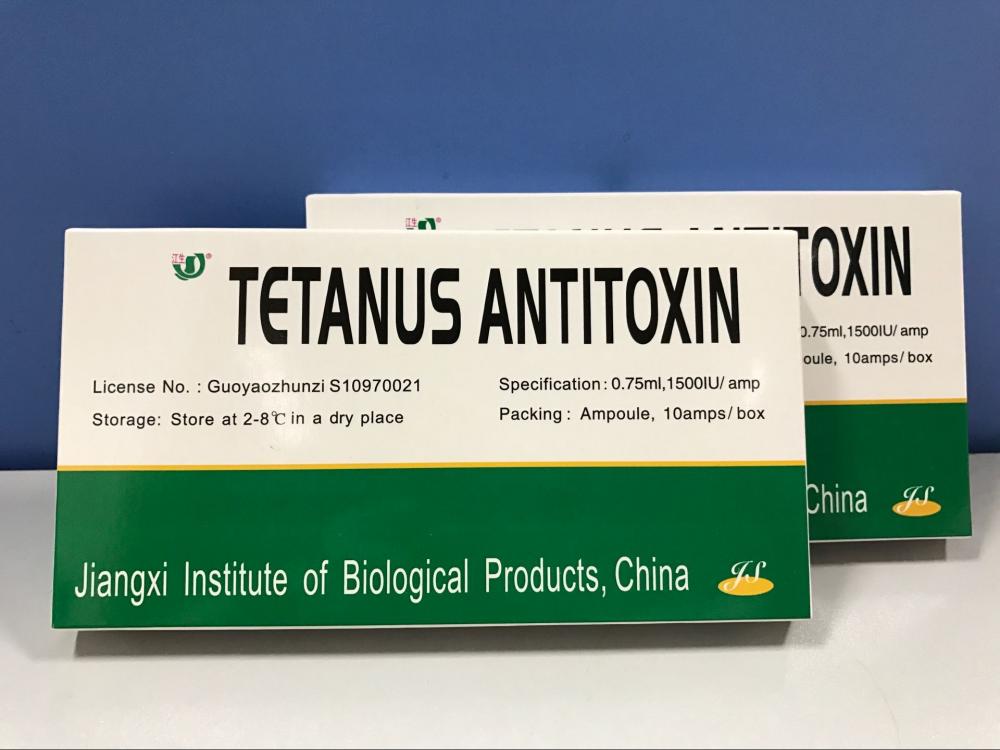Spring cabbage is a vegetable species with a relatively large planting area in the middle and southern vegetable production area of ​​our province. Spring cabbage production has the characteristics of low investment, labor saving, labor saving, and high yield. Right now, the golden season of cabbage breeding in early spring is also coming. Below, introduce the main points of spring cabbage breeding techniques for your reference: First, suitable varieties Planted in open field in spring, Zhong Gan 15, Zhong Gan 21, and Shuanghuan 15 can be used as varieties with good precocity, outstanding yield, and strong disease resistance. Early spring arch shed cultivation can use strong cold resistance, strong disease resistance, strong winter varieties such as: Lubao Wang, Shuanghuan 45, selected 8398, Chunqiang and so on. Second, prepare the seedbed Nursery bed soil to choose fertile soil, no cruciferous vegetables pastoral soil was planted in the previous year, applied to fully decomposed farmyard manure than the right amount of nitrogen, phosphorus, potassium ternary compound fertilizer. Before seeding, the seedbeds must be completely disinfected, and 40% of pentachloronitrobenzene and 50% of thiram can be used in the same amount, 9-10 grams per square meter, and 2/3 of the earth should be used as cover after sowing. earth. Seeds were sown with 0.3% of seed weight of 50% thiram and 65% of mancozeb wettable powder before sowing. Third, timely sowing In North China, the suitable sowing date for cabbage in the open season and cabbage in early spring is from late December to early and mid-January, and nursery or improved Yangshuo seedlings are used in solar greenhouses. Generally early-maturing varieties, planting density of about 4,500 acres, medium and early maturity varieties of 3500 to 4000, the amount of 50 grams per mu is appropriate. Before sowing, the seeds generally do not need to be germinated, so that the seeds can be sowed. The seedlings are to be poured first, the seeds must be uniformly distributed, and the seeded soil should be covered with sieved soil and the seedlings should be cracked. Fourth, seedbed management Before emergence, the temperature of the greenhouse or Yangshuo must be kept between 15 and 25°C. Generally, the seedlings can be produced after 5 days of sowing. At this time, it is necessary to pay attention to the gradual release of air in a timely manner so that the temperature is maintained between 10 and 20°C. In order to prevent the seedlings from growing in length, the seedlings need to be planted. When the seedlings grow to three true leaves (about mid-February), a sub-seedling will be carried out and the seedlings will be transplanted into the nutrient bowl. The temperature of the seedbed is generally controlled at 8~20°C, and the seedlings are planted in March. Before the time, low-temperature “maturation†can be performed, and the amount of air release can be gradually increased. The minimum temperature of the seedbed can be gradually reduced to about 5°C.
There may be disputes about when humans began domesticating horses,
but there is no argument that horses have helped shape human history. We know Chinese equine Veterinary Medicine, including herbal
treatments and acupuncture, dates back thousands of years, but there`s
no agreement on the date, or even century. We do know the year their
health and care became part of the formal curriculum of veterinary
colleges. The year was 1761 and the location was the first veterinary
school in the world, in Lyon, France. Equine anatomy as part of a formal
curriculum has been studied by veterinarians since then, for more than
250 years.
Equine Medicine,Conjugated Equine Estrogens,PMSG Hormone Lyophilized,Pregnant Mare Urine Jiangxi Institute of Biological Products Inc. , https://www.jxinstitute.com